
(Above: Dolores Park, 2014.)
On January 15, 2015, Pope Francis announced that he would canonize Fr. Junipero Serra: the humble Spanish Franciscan Friar who founded a series of Catholic missions along the California coastline during the 18th Century. One of the most important sites founded by Serra, Mission Dolores in the Mission District of San Francisco – was dedicated to St. Francis (San Francisco,) by some accounts, on July 4th, 1776. The church, later dubbed Mission Dolores, as the original foundations were built near a stream and lake that had been dedicated to Nuestra Señora de los Dolores (Our Lady of Sorrows,) is the oldest surviving structure in San Francisco.
The significance of Fr. Serra and Mission Dolores is the proximity of the Mission to the Castro District of San Francisco: the world’s first and largest conclave of gay men and women in one neighborhood. From that area, the modern gay rights movement originated; the unofficial genesis beginning with the so-called “Summer of Love” in 1967: a counter-culture movement of privileged young people who embraced the alternative lifestyles of free-sex, drugs, and non-Christian belief systems. The focal point of this phenomenon was centered in the Haight-Ashbury; just over from Buena Vista Park is the Castro. Most importantly, a quick walk from Castro Street is Dolores Park, euphemistically referred to as the “fruit bowl” by the local gay inhabitants because of the park’s natural amphitheater geography and its popularity as a gay male meeting place – especially on warm summer weekends.
The Park’s namesake, Mission Dolores, is only a few blocks away. When I lived in the Castro District, my only memories of the Mission was that I oftentimes had to park my car, loaded with an ice-chest and picnic supplies, nearby there, and walk down to the Park. While lounging on the grass in the fruit bowl, enjoying the incomparable views of the San Francisco skyline, my friends and I smoked copious quantities of marijuana, endlessly admired the men, barely covered, who strolled by, and oftentimes made impromptu dates for later in the evening. Sometimes, by the end of the afternoon, I would be so wasted that I semi-unconsciously followed strangers home to their apartments. Years later, when I was not so young, cute, and or desirable, I returned to the Park – this time, late at night. For, under the cover of darkness, Dolores Park turned into the City’s “cruisey-ist” gay sex arena. Usually in the myriad of bushes and trees, or in the semi-abandoned train tunnel, I would turn quick tricks for some spare cash, a ride home, or even for merely a few kind words. Occasionally, staggering back to the guy’s car, there was a well-known stretch of wall next to the Mission, known as a good place for a late-night evacuation of the bladder, where I would urinate in a half-stupor.
Now, everything is about to change: the brave man who founded the Mission – on the day of this Countries’ Independence, a Nation which would oversee histories’ greatest explosion of homosexual rights, will be raised to the highest altar in Heaven. Near the area named after Our Lady of Sorrows, sprung up the gayborhood that would change the face of the world. For so long, Our Lady has wept here, first for her sons and daughters who desperately traveled across the globe to find a place of acceptance and meaning – only to be disappointed by the endless disillusionment and perversity which they discovered in its place; then, by the men who died needlessly due to the scourge of AIDS, and, lastly, for the continuing tide of the duped and deceived that believe they will find everlasting happiness within the false promise of gay marriage; the first jurisdiction in the US to issue marriage licenses for same-sex couples was in San Francisco. Our Lady still weeps: yet, under her mantle of protection will be a new Saint: Junpiero Serra; he will return to the land he loved, the land where he wanted to die and be buried; and, he will fight for the souls of the forgotten and misguided; in his lifetime – they were the American Indians – now, it is all of us.
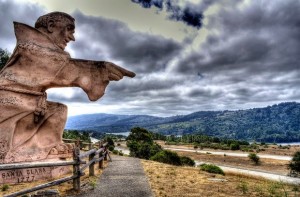
*It is no coincidence that the famous statue of Fr. Serra (see picture above,) at a rest stop on Highway 280, a route somewhat parallel to the Spanish Missionaries’ Camino Real, has been a favorite gay cruising location since the 1970s.

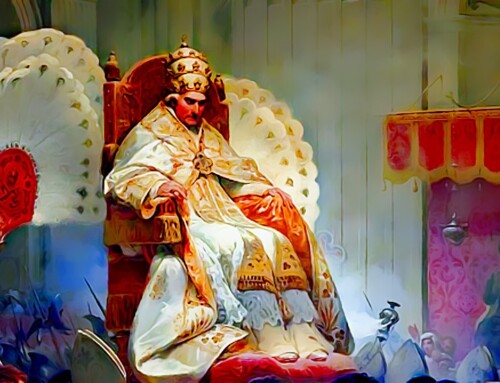

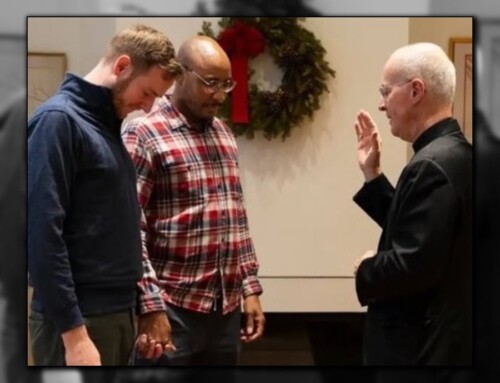
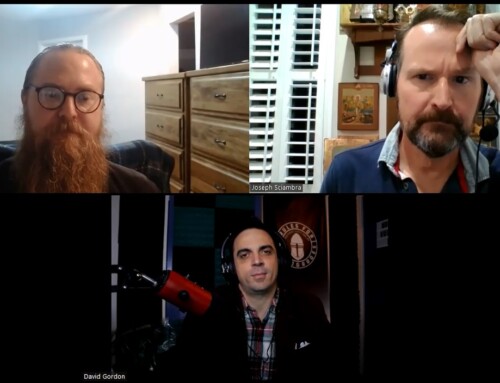
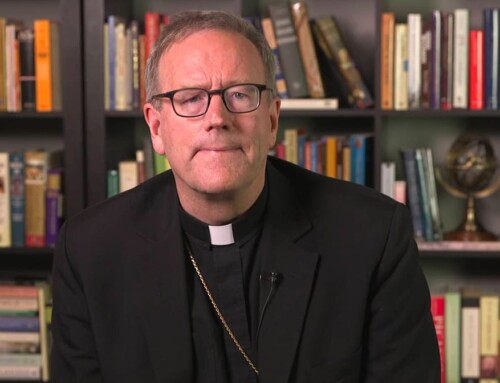
Thank you.